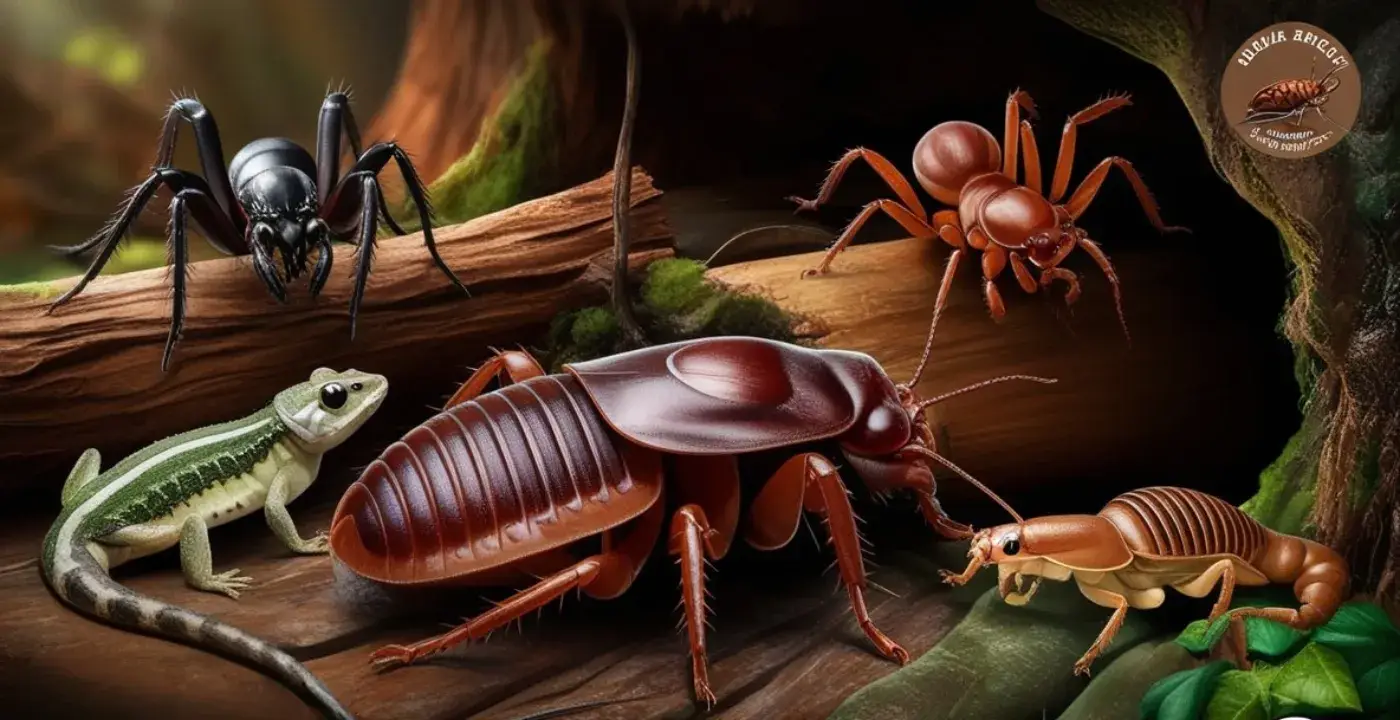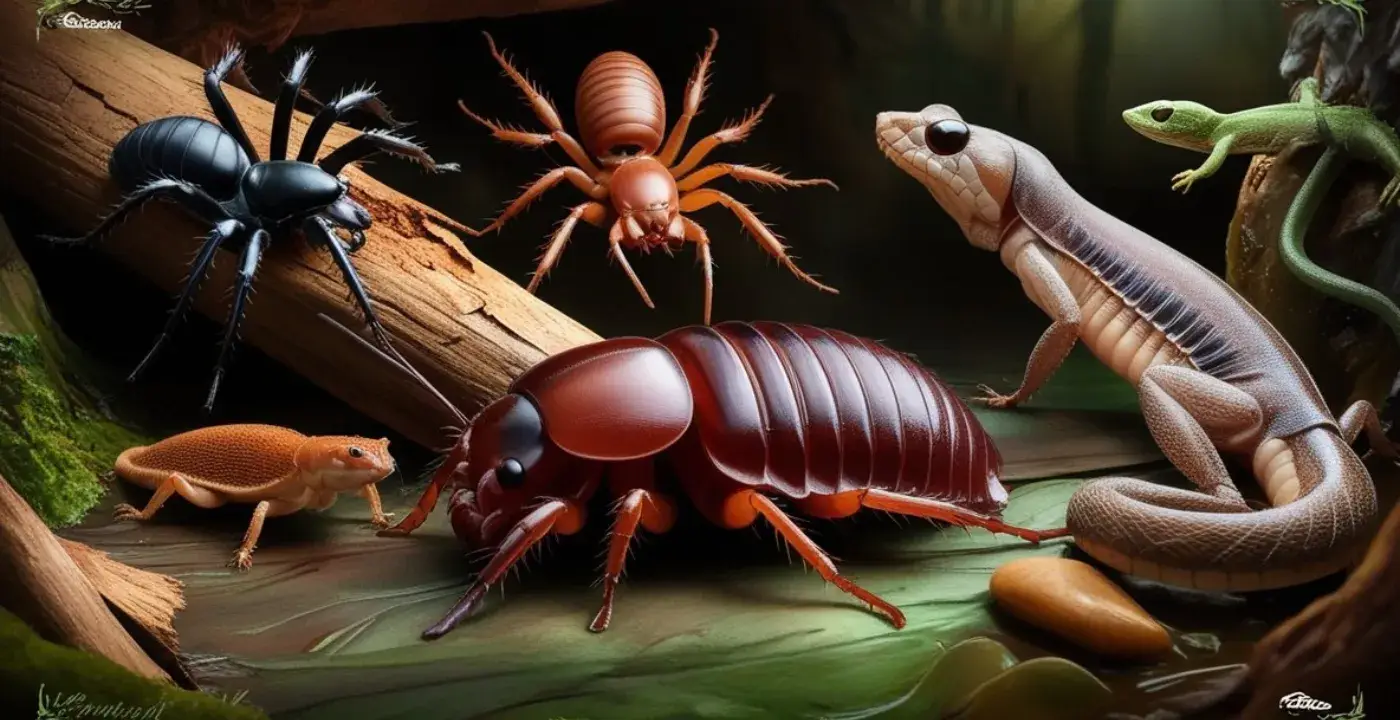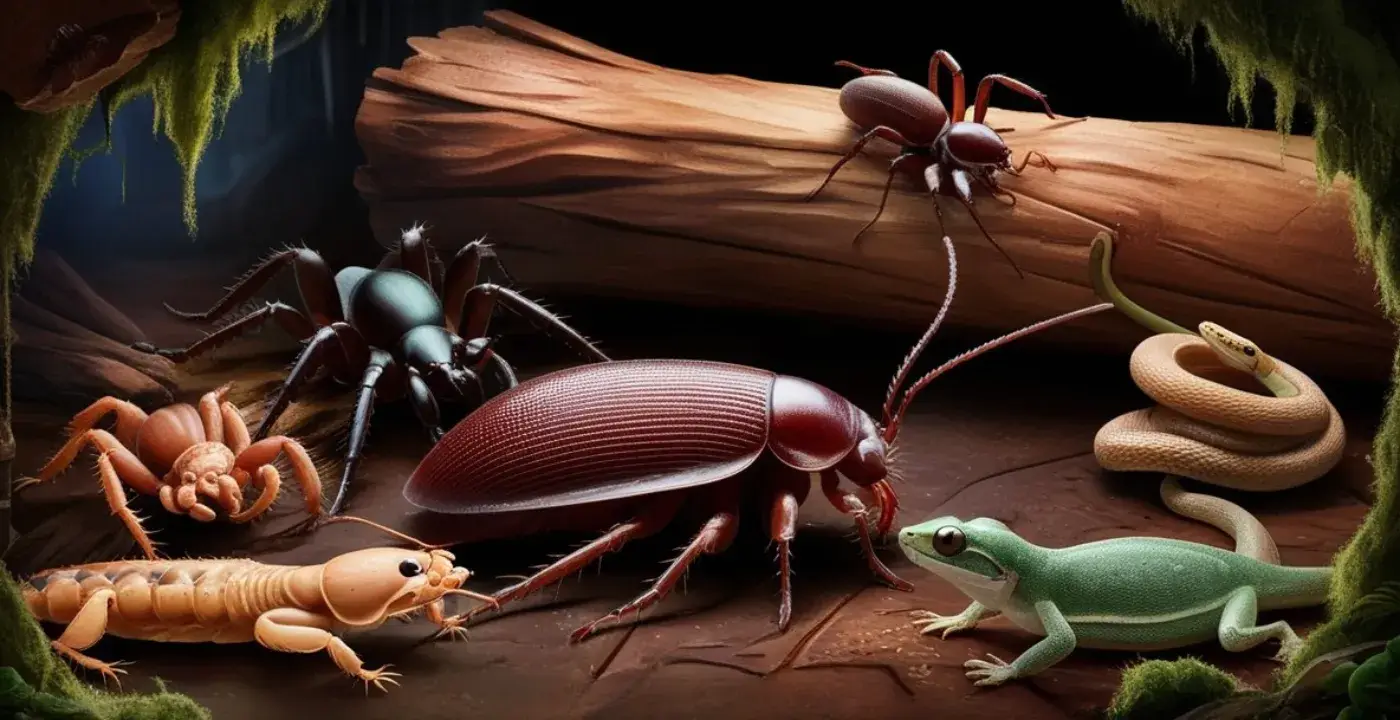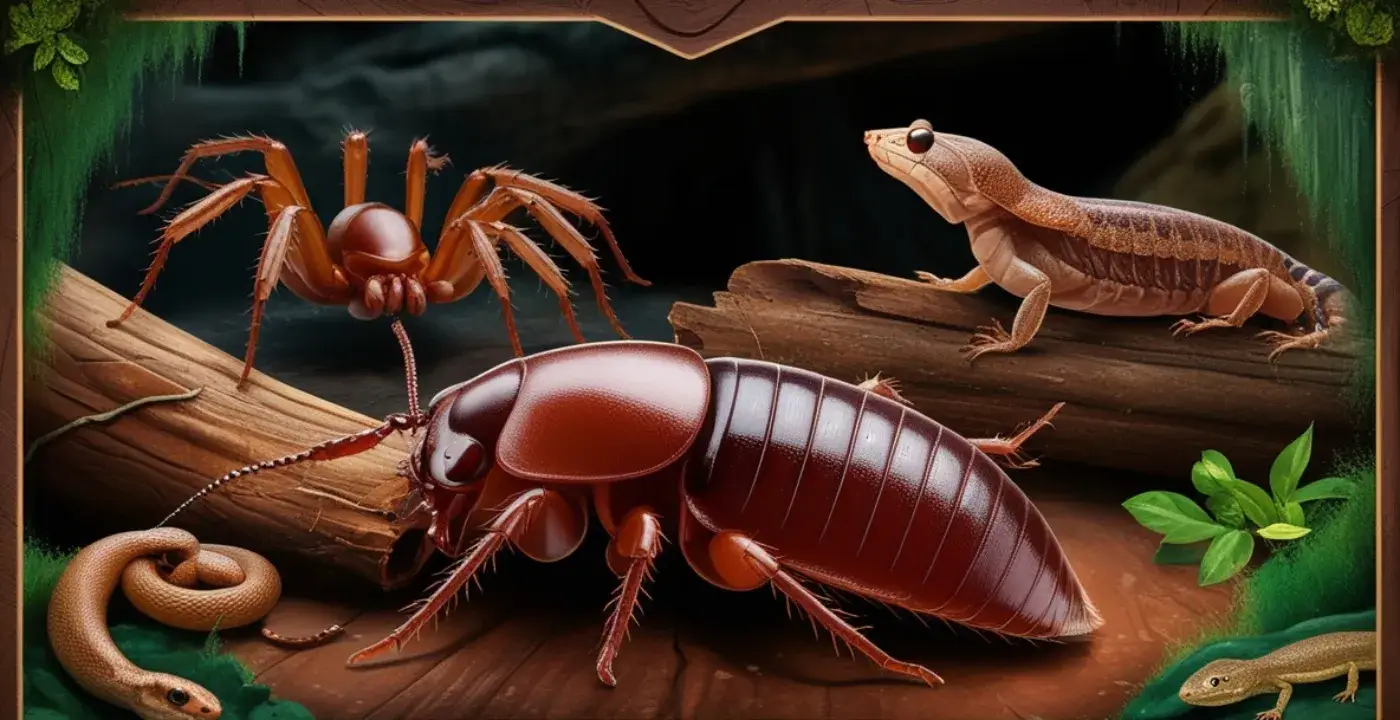If you’ve ever wondered, “What eats Dubia roaches?” you’re not alone. These hardy insects, scientifically known as Blaptica dubia, are a popular feeder insect for reptiles, amphibians, and other exotic pets. But beyond their role in captivity, Dubia roaches are also a vital part of the food chain in the wild. Understanding what eats Dubia roaches not only satisfies curiosity but also helps pet owners, hobbyists, and ecologists appreciate their ecological significance.
In this blog post, we’ll dive deep into the predators of Dubia roaches, their role in the ecosystem, and how this knowledge can benefit pet owners and wildlife enthusiasts alike. Whether you’re a reptile keeper looking for feeder insect insights or simply fascinated by the natural world, this guide has something for you.
The Natural Predators of Dubia Roaches

Dubia roaches are native to Central and South America, where they thrive in tropical climates. In their natural habitat, they face a variety of predators that keep their population in check. Let’s explore the most common animals that prey on Dubia roaches.
Reptiles and Amphibians
In the wild, Dubia roaches are a favorite snack for many reptiles and amphibians. Species like geckos, anoles, and tree frogs are known to hunt these roaches. Their high protein content and soft exoskeleton make them an ideal food source.
In captivity, Dubia roaches are widely used as feeder insects for pets like bearded dragons, leopard geckos, and chameleons. Their nutritional profile, which includes high protein and low fat, makes them a healthier alternative to other feeder insects like crickets.
Birds
Birds are another major predator of Dubia roaches. In tropical regions, species like toucans, parrots, and smaller insectivorous birds often feed on these roaches. Their ability to fly and forage in dense foliage gives them an advantage in hunting these insects.
Mammals
Small mammals, such as rodents and bats, also prey on Dubia roaches. In the wild, these mammals rely on roaches as a source of protein. Interestingly, some primates have been observed eating Dubia roaches, showcasing their role in diverse food webs.
Insects and Arachnids
Even other insects and arachnids aren’t shy about eating Dubia roaches. Predatory insects like mantises and spiders often hunt smaller roaches, especially nymphs. This intra-species predation highlights the competitive nature of the insect world.
Why Dubia Roaches Are a Popular Feeder Insect

Dubia roaches have gained popularity among pet owners for several reasons. Understanding their benefits can help you make informed decisions about feeding your pets.
Nutritional Value
Dubia roaches are packed with essential nutrients, including:
- High protein content (around 22%)
- Low fat (approximately 7%)
- Rich in calcium and other minerals
This makes them an excellent choice for pets that require a balanced diet.
Ease of Care
Unlike crickets, Dubia roaches are quiet, odorless, and easy to maintain. They don’t jump or fly, making them less likely to escape from enclosures.
Long Lifespan
Dubia roaches have a longer lifespan compared to other feeder insects, which means they can be stored for extended periods without the need for frequent replacements.
Common Misconceptions About Dubia Roaches
Despite their popularity, there are several misconceptions about Dubia roaches that need to be addressed.
Myth 1: Dubia Roaches Are Pests
While they are roaches, Dubia roaches are not the same as the common household pests. They do not infest homes or spread diseases, making them safe to keep as feeder insects.
Myth 2: They Are Difficult to Breed
With the right setup, breeding Dubia roaches is relatively straightforward. They require a warm, humid environment and a diet of fresh fruits, vegetables, and grains.
Myth 3: They Are Harmful to Pets
Dubia roaches are non-toxic and safe for most pets. However, it’s essential to source them from reputable suppliers to ensure they are free from pesticides or parasites.
How to Use Dubia Roaches as Feeder Insects

If you’re considering using Dubia roaches as feeder insects, here’s a step-by-step guide to get started:
- Source Your Roaches: Purchase Dubia roaches from a trusted supplier to ensure they are healthy and disease-free.
- Set Up an Enclosure: Use a plastic bin with ventilation holes. Add egg cartons or cardboard for hiding spots.
- Maintain Optimal Conditions: Keep the enclosure at 80-95°F with 40-60% humidity.
- Feed Them Well: Provide a balanced diet of fruits, vegetables, and grains to ensure your roaches are nutritious for your pets.
- Gut-Load Before Feeding: Feed the roaches nutrient-rich foods 24-48 hours before offering them to your pets to maximize their nutritional value.
The Ecological Role of Dubia Roaches
Dubia roaches play a crucial role in their natural ecosystem. They help decompose organic matter, recycling nutrients back into the soil. Additionally, they serve as a food source for a variety of predators, contributing to the balance of their habitat.
Understanding their ecological role can help us appreciate their importance beyond their use as feeder insects.
Frequently Asked Questions About Dubia Roaches
Can Dubia Roaches Infest My Home?
No, Dubia roaches require specific conditions to survive and reproduce. They are unlikely to infest your home unless you provide an ideal environment for them.
Are Dubia Roaches Safe for All Pets?
While Dubia roaches are safe for most reptiles and amphibians, it’s always best to consult with a veterinarian before introducing them to your pet’s diet.
How Long Do Dubia Roaches Live?
Dubia roaches can live up to 2 years under optimal conditions, making them a long-lasting feeder insect option.
Conclusion: Why Understanding What Eats Dubia Roaches Matters
Knowing what eats Dubia roaches provides valuable insights into their role in the ecosystem and their benefits as feeder insects. Whether you’re a pet owner, a hobbyist, or simply curious about these fascinating creatures, this knowledge can help you make informed decisions and appreciate their significance.
If you found this guide helpful, feel free to explore our other posts on reptile care and feeder insects. Have you used Dubia roaches as feeder insects? Share your experiences in the comments below!
By understanding the predators and ecological role of Dubia roaches, you can better appreciate their value and make the most of their benefits for your pets and the environment.
Call to Action:
Want to learn more about feeder insects or reptile care? Check out our related articles or subscribe to our newsletter for the latest tips and updates!Drguidez.

Mark Manson is an expert blogger specializing in Dubia Roaches. He shares practical care tips, breeding insights, and feeding advice to help enthusiasts and reptile owners thrive.

